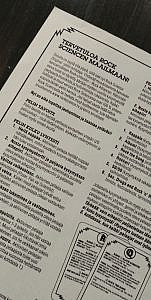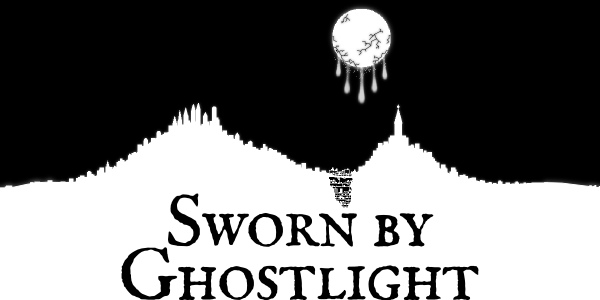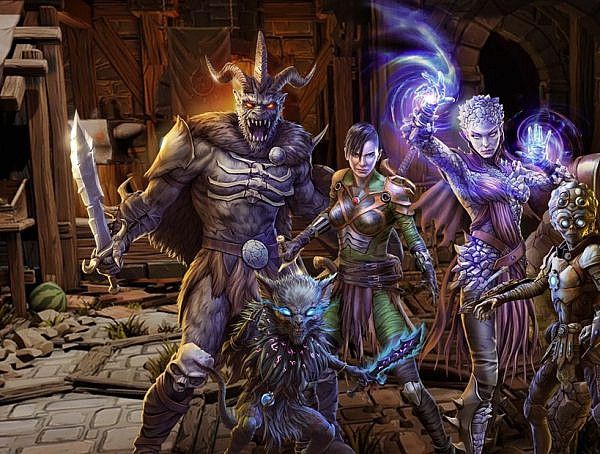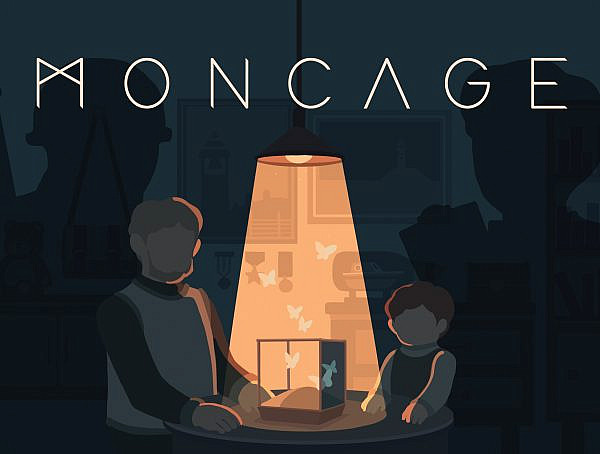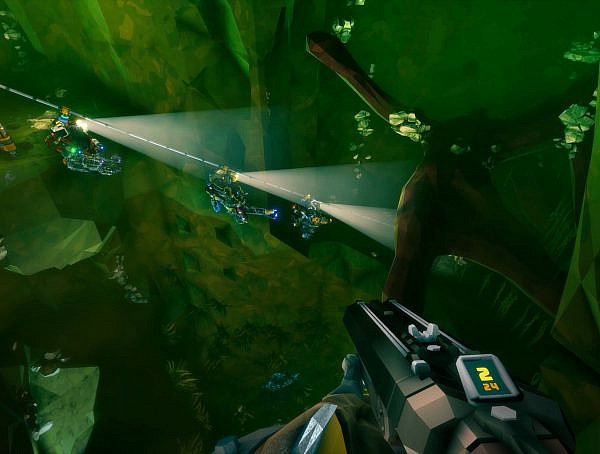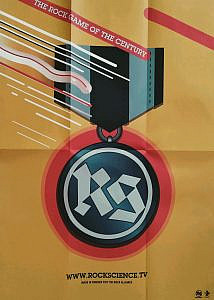 Sometimes you find something that stands out from the crowd and catches your interest. Are you a poser or a full-blown rock scientist? Dare this game doubt my knowledge of vain rock n roll mythology? Blasphemy!
Sometimes you find something that stands out from the crowd and catches your interest. Are you a poser or a full-blown rock scientist? Dare this game doubt my knowledge of vain rock n roll mythology? Blasphemy!
At first, Rock Science can be a bit much to handle. There are a lot of different variables which are built to affect the simple core dynamics of the game. Here’s a simple introduction:
The player who has last seen a rock gig starts. You have two decks of cards with two different sets of question categories. The first deck has categories one, two and three (song, album, rock the song) and the second one the categories four, five and six (rocker, 50/50 and sex, drugs & rock n roll). For example, if you roll the die and catch the number two, you’ll have to answer the question in category number two (album). The player who asks the question picks up the card and read out the category and the band/artist following the named category. The active player (the one answering) chooses one of the three difficulties (poser, fan and scientist) and hears the right question. If the player’s answer is right, he/she goes one, two or three steps forward.
Difficulty sets the number of steps you can go forward so for example, choose the difficulty level ”fan” and you can go two steps forward. Wrong answers affect only with 50/50 category where you can go one, two or three steps backward. Lastly, if you catch the die number three (the category ”rock the song”) the player giving the question has to present the given song in a creative way of her/his likes. Success and both the player questioning and the player answering can go two steps forward. A rock n roll scientist is the one who goes around the game board first. Also, the other players who aren’t questioning or answering can bet yes or no if they think the active player can answer the question right. This is done before hearing the question. If your bet is correct, you can go forward.
So, you see this game can be a bit disorderly from time to time if the players aren’t super familiar with the rules from the word go. But if you have a gang full of enthusiastic rock n’ rollers, you’ll have a good half an hour of fun for sure. There is no given time limit for the answering but if you want to set one, definitely set the timer for example 30 seconds. Active betting is surely a fun addition to the game dynamics but with just two players, I can’t see any real reason to do that really. With a bigger group, it feels like a forced variable that gives you an illusion of gambling.
To me, Rock Science is full of interesting questions and distinctive ”mojo” but the gameplay itself doesn’t add up. Board is a dull, two-colour spiral with just one function: set the beginning and end of the game. You could do the same with pretty much every game board out there so you could, among others, play Rock Science with the squared paper if you want. Though I enjoyed testing my knowledge skills of the classic rock n’ roll, I think the game itself is just a motley crew of different gaming mechanics put together around the rock encyclopedia. Good idea, though the implementation can be better.
Rock Science manifests all the old Rn’R cliches to the board game but has no coherent body of its own. It comes great with beer and whisky, but the maximum life expectancy of 27 minutes without the consequent cult following buries the game into the category of cover bands.
Designers: Jorge Bravo & Sven Folkesson
Publisher: Nuday (in Finland: Crooked Games)
Release date: December 2011
Number of players: 2-6
Playing time: 60min
Ages: 14+
Photos: photos from Rock Science Original (Nuday 2011), taken by the author
You might also like
More from Game Reviews
Moncage Review: A Puzzle Game with Mind-Boggling Optical Illusions
Solving a huge #optical_illusion #puzzle in a tiny cube to discover a dark, #emotional story of trauma
Mining, Mayhem, and Bugs: A Deep Rock Galactic Review
Fight monsters, mine riches, and cause chaos with your dwarf crew — welcome to Deep Rock Galactic!
Microsoft Solitaire: classic games to kill time
Perhaps the most played games in offices worldwide, Microsoft Simulator is a pinacle of design from the era where games …








